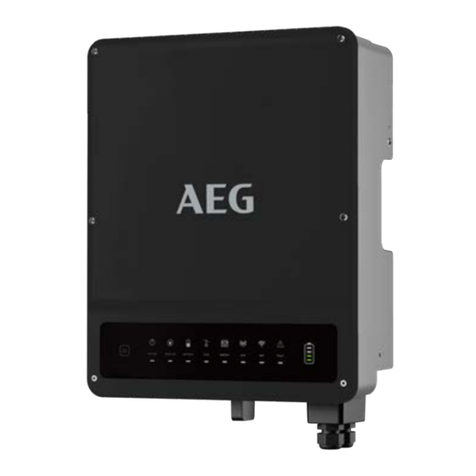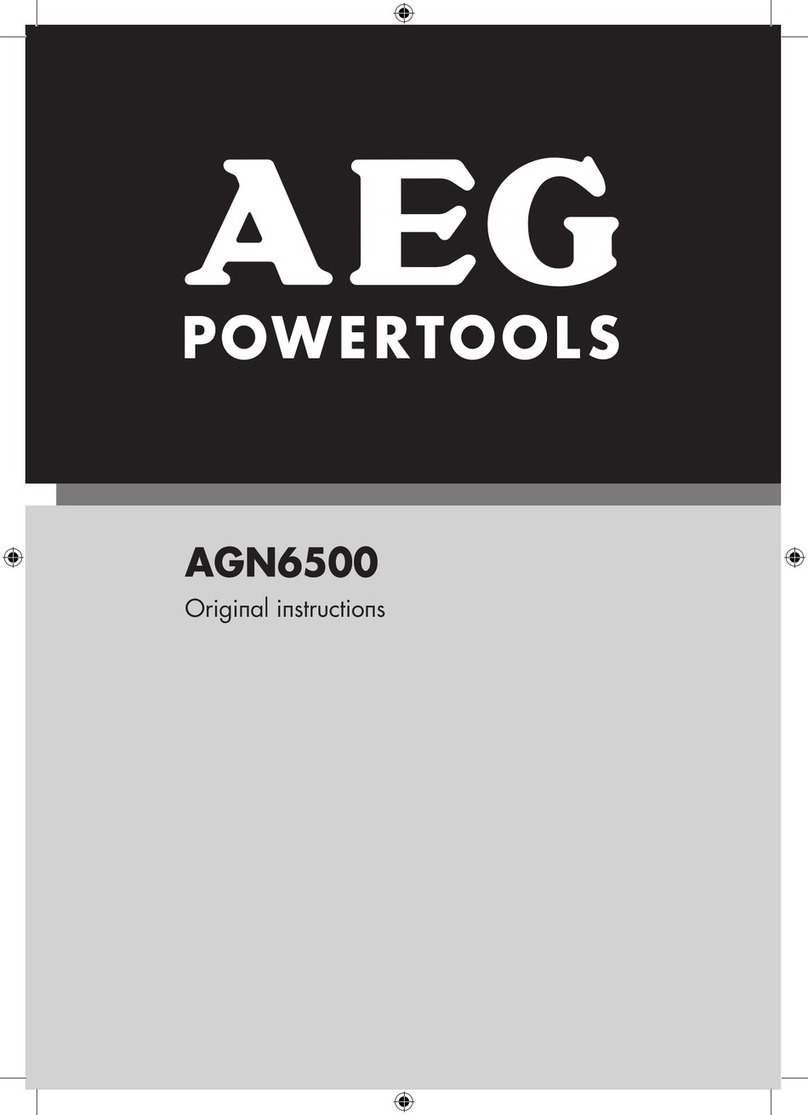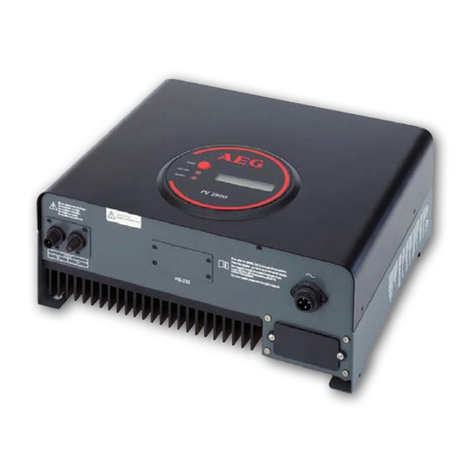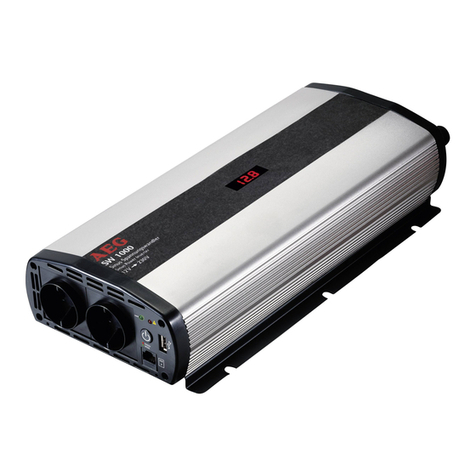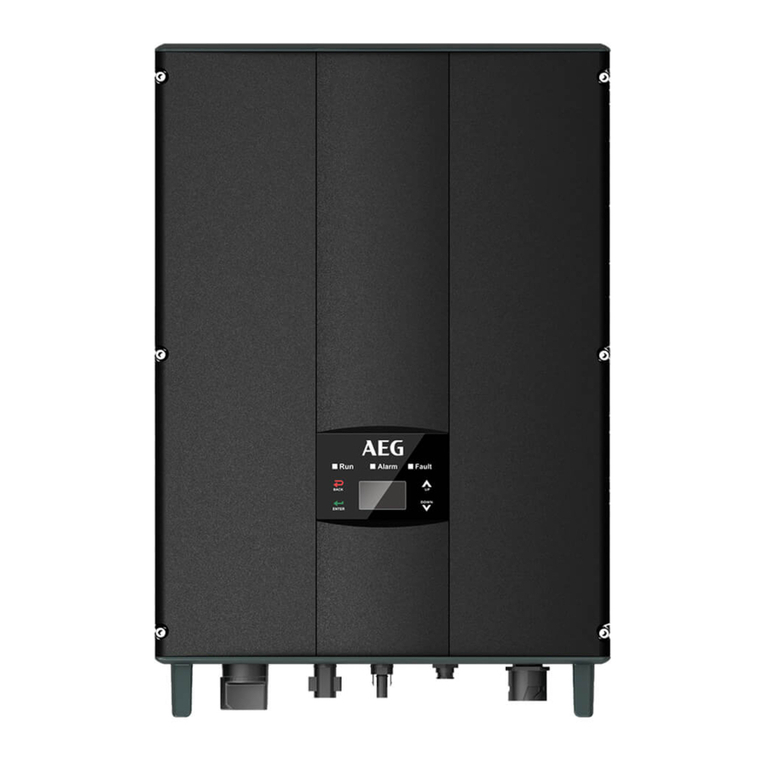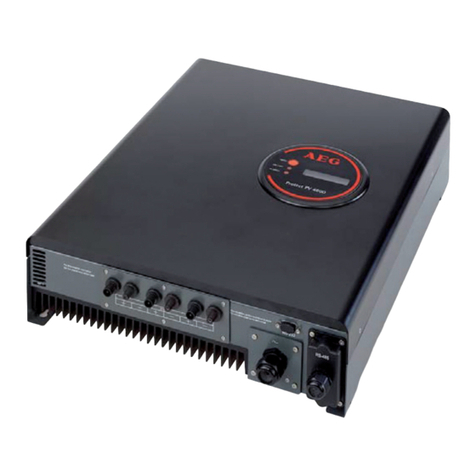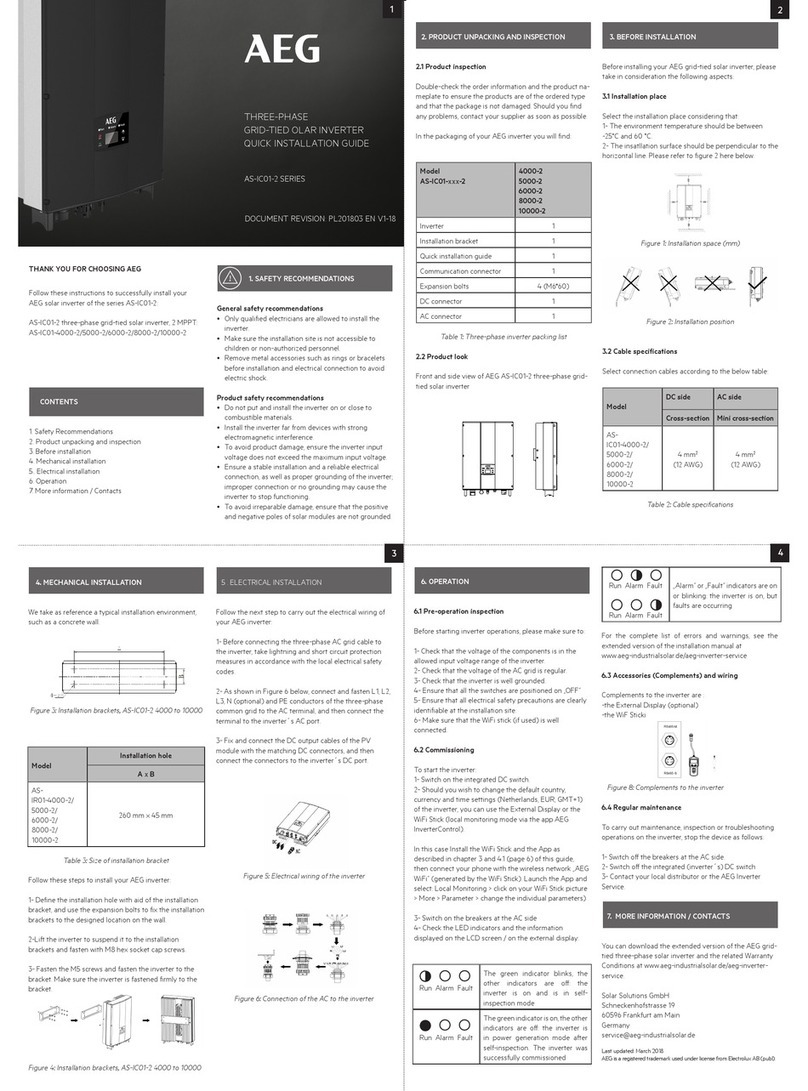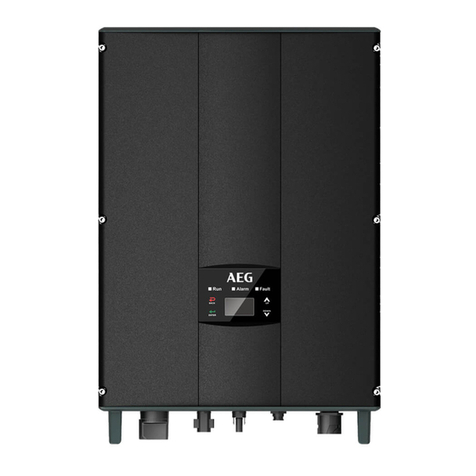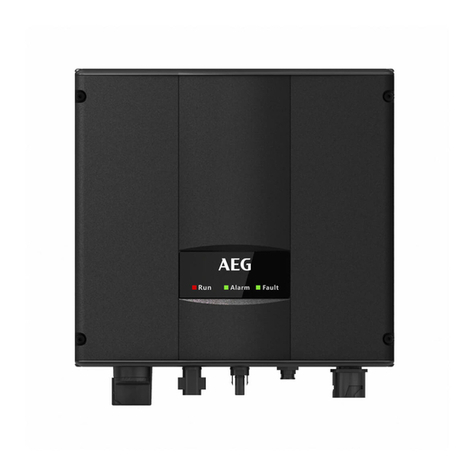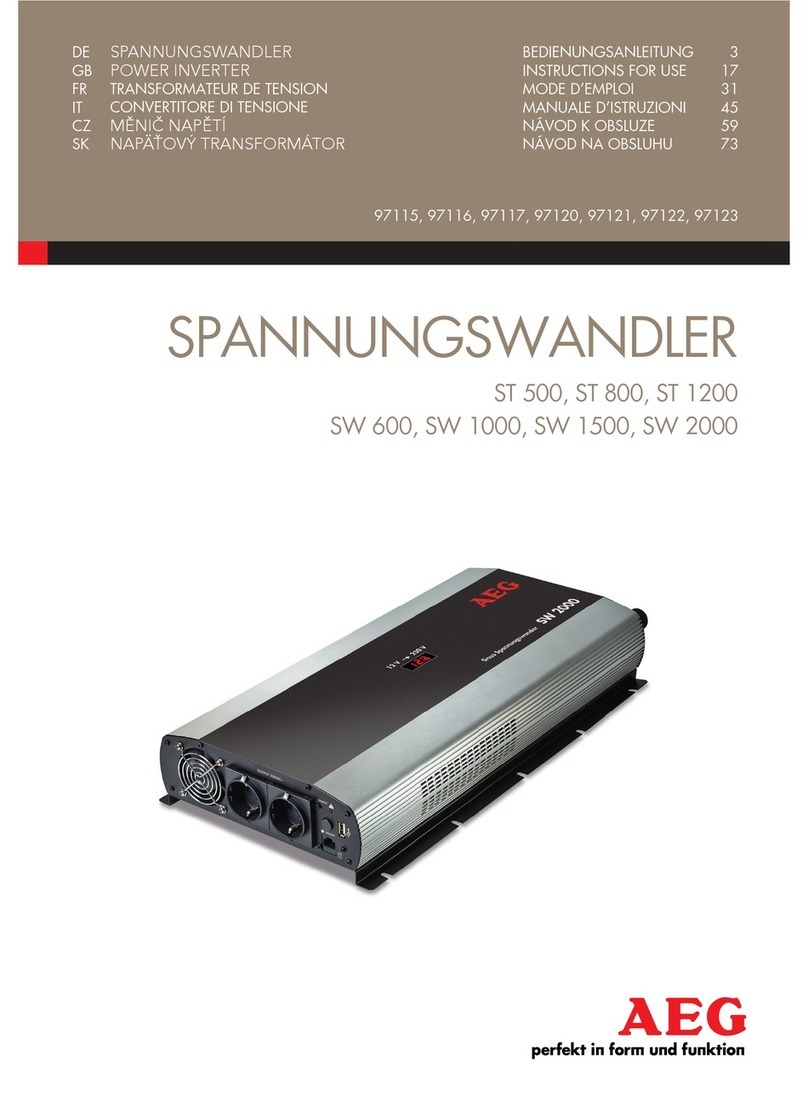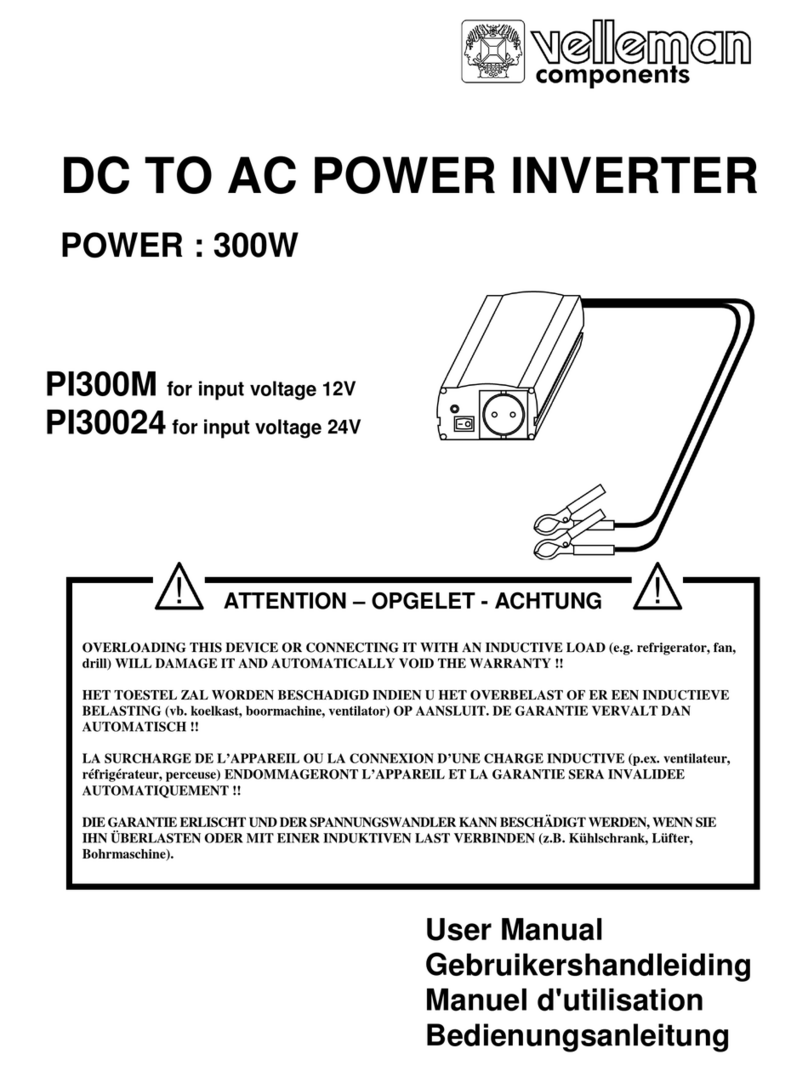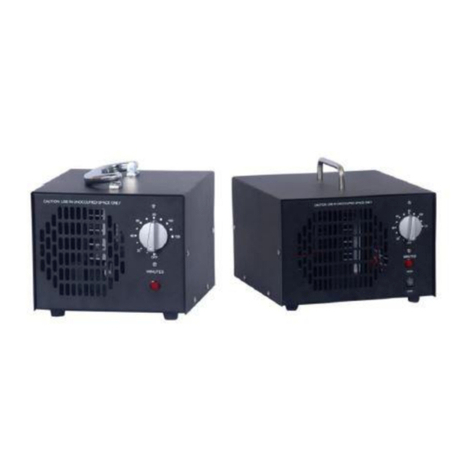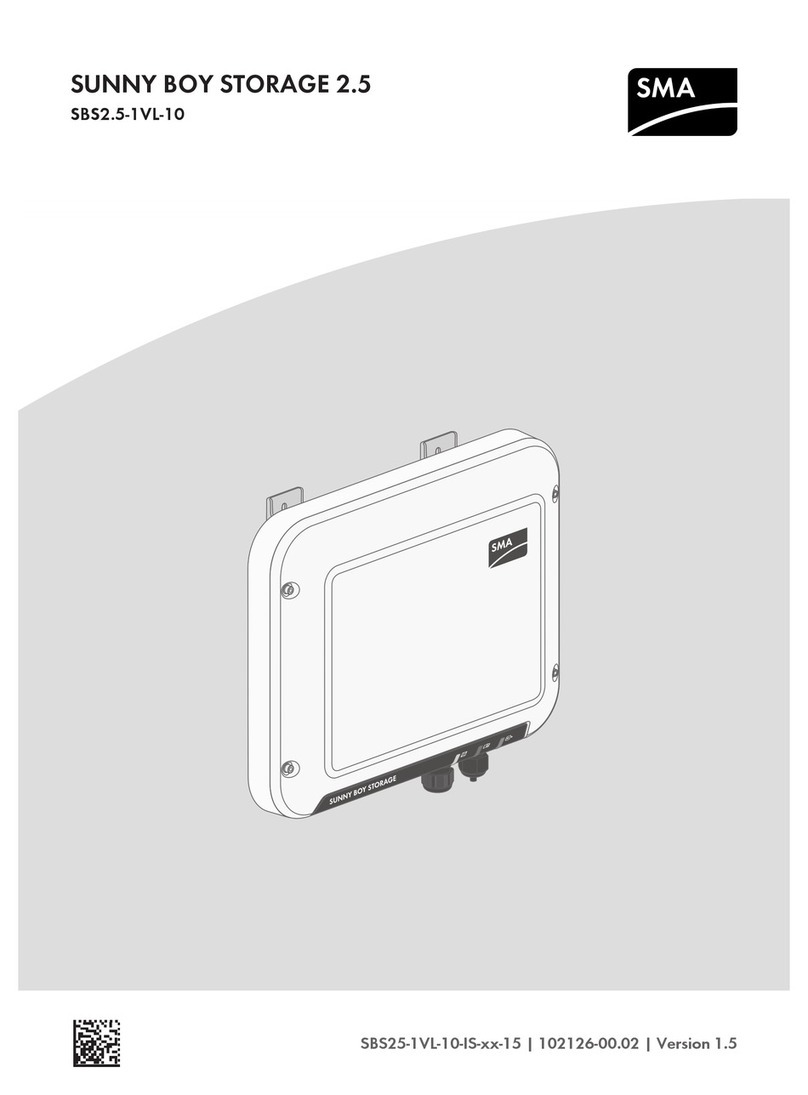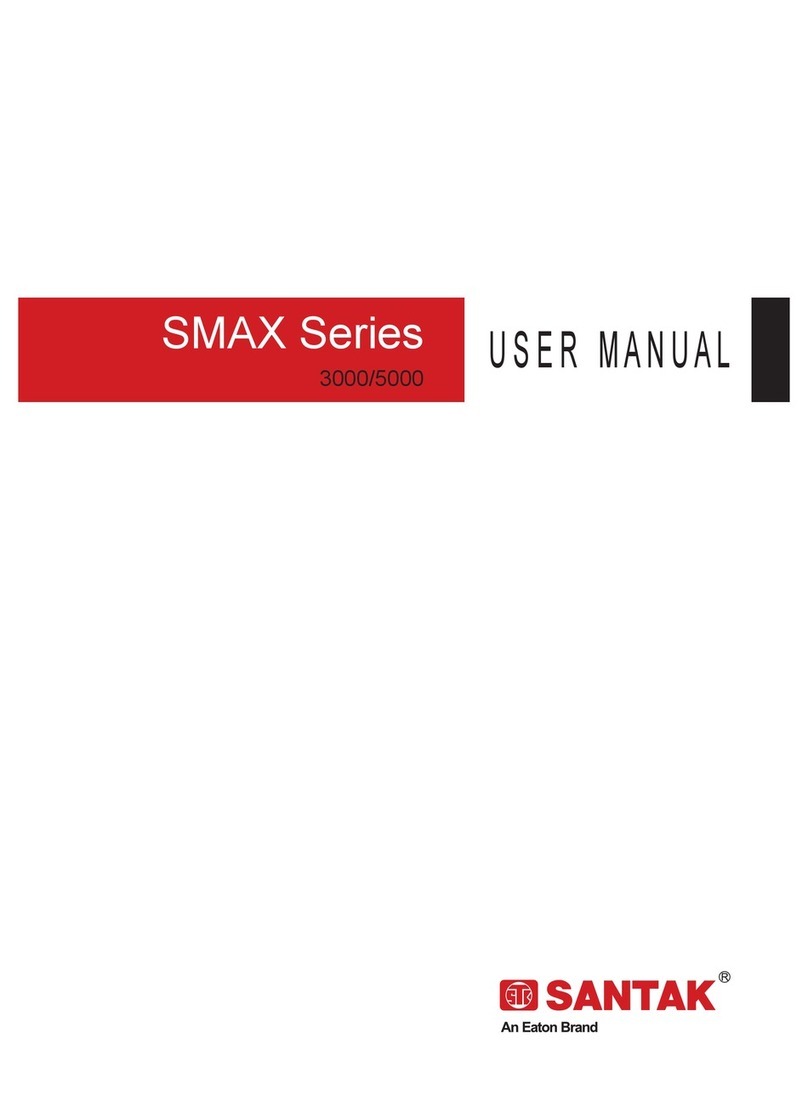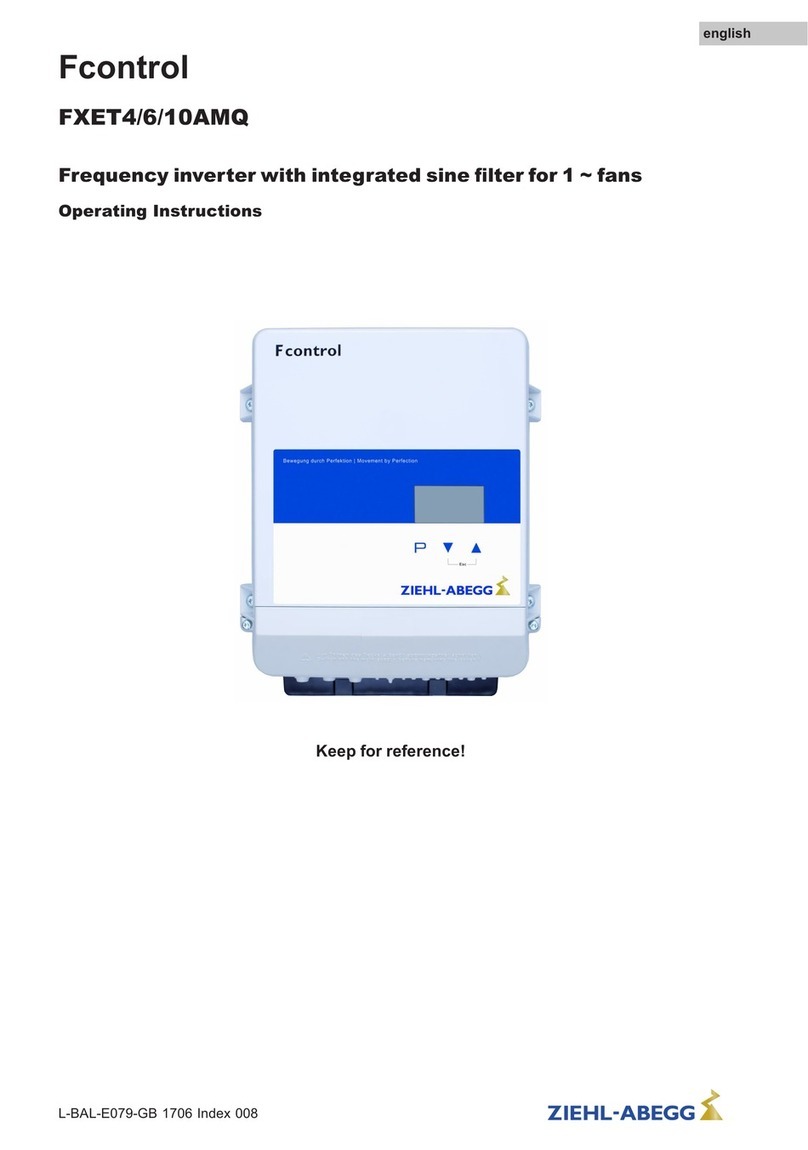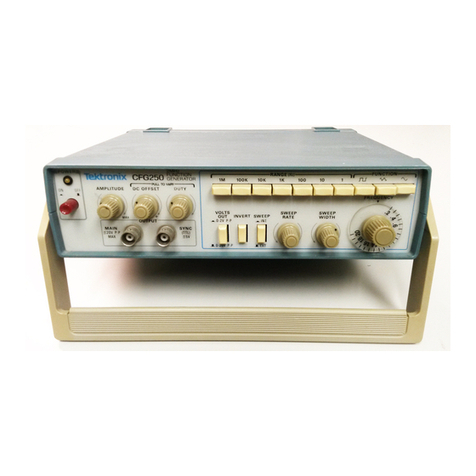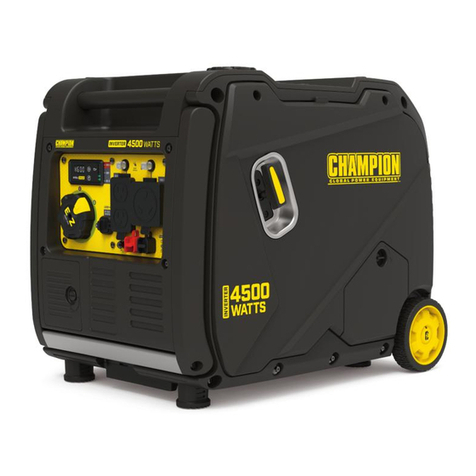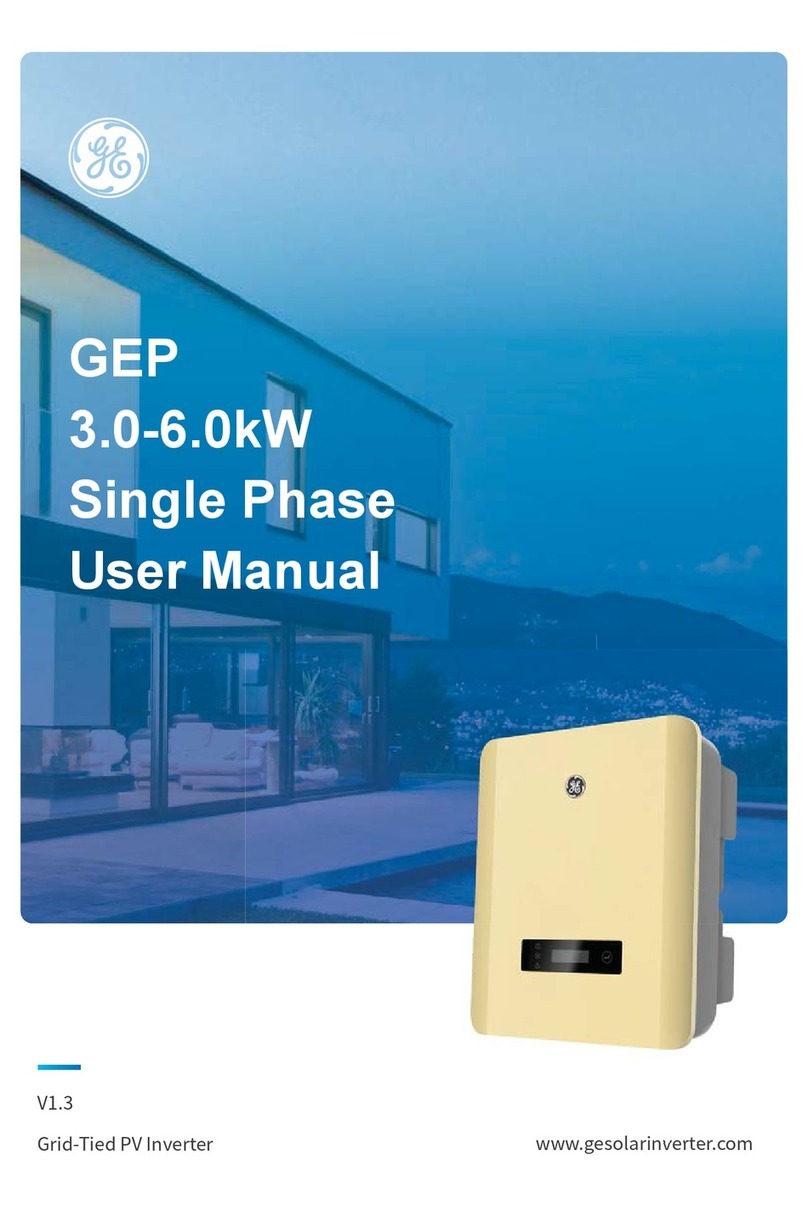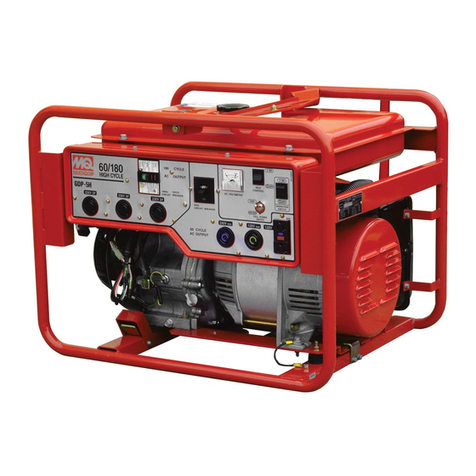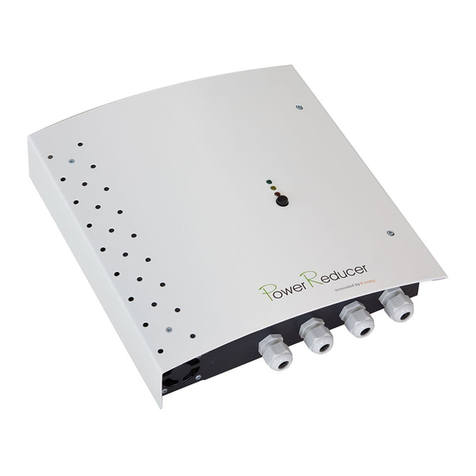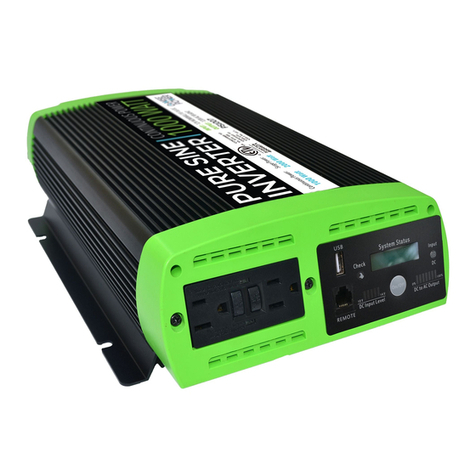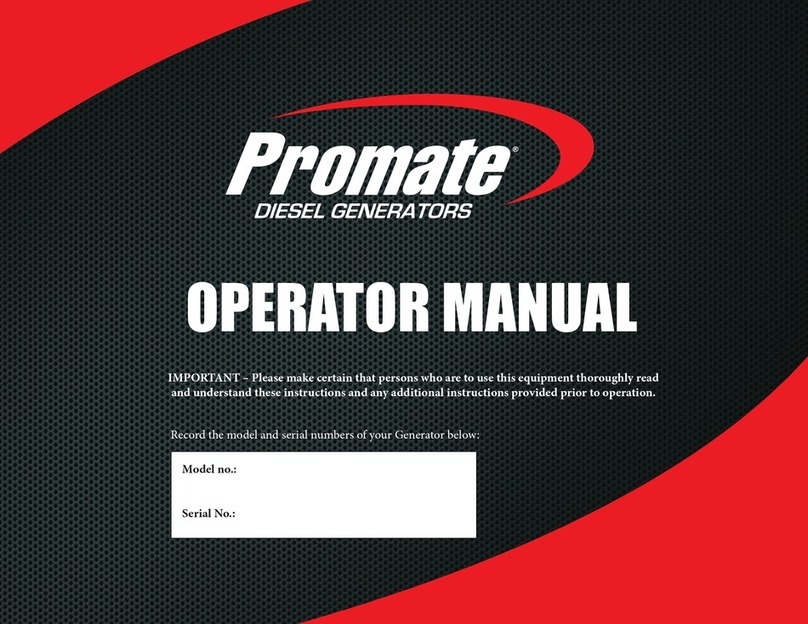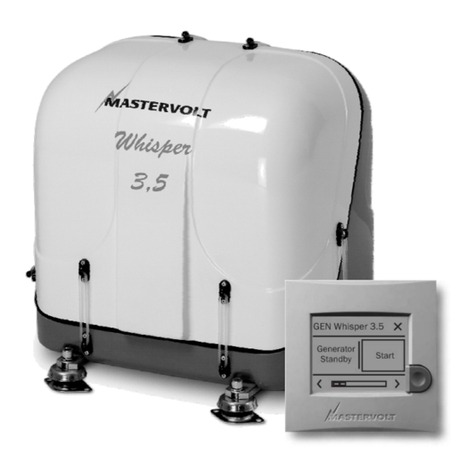Table of Contents
Table of Contents ............................................................................................................................................................................................................................................................................................. 2
1. Safety Precautions..................................................................................................................................................................................................................................................................................... 4
1.1 Icons................................................................................................................................................................................................................................................................................................ 4
1.2 Safety Guidelines.............................................................................................................................................................................................................................................................................. 4
1.2.1 Delivery and Installation ................................................................................................................................................................................................................................................ 5
1.2.2 Grid-tied operation............................................................................................................................................................................................................................................................. 6
1.2.3 Maintenance and Inspection....................................................................................................................................................................................................................................6
1.2.4 Storage........................................................................................................................................................................................................................................................................................... 7
1.2.5 Product End of Life............................................................................................................................................................................................................................................................ 7
2. Product Overview........................................................................................................................................................................................................................................................................................ 8
2.1 Solar Grid-tied Power Generation Systems...........................................................................................................................................................................................................8
2.1.1 Application................................................................................................................................................................................................................................................................................... 8
2.1.2 Supported grid connection structure..............................................................................................................................................................................................................9
2.2 Product Appearance.................................................................................................................................................................................................................................................................. 10
2.3 Labels......................................................................................................................................................................................................................................................................................................... 11
2.3.1 Packaging labels ................................................................................................................................................................................................................................................................. 11
2.3.2 Product label..........................................................................................................................................................................................................................................................................12
2.3.3 Product models ...................................................................................................................................................................................................................................................................13
2.4 Technical parameters ...............................................................................................................................................................................................................................................................13
2.5 Dimensions and weight...........................................................................................................................................................................................................................................................15
3. Installation.........................................................................................................................................................................................................................................................................................................15
3.1 Unpacking inspection.................................................................................................................................................................................................................................................................15
3.2 Before installation ................................................................................................................................................................................................................................................................ 18
3.2.1 Installation tools.................................................................................................................................................................................................................................................................. 18
3.2.2 Installation place................................................................................................................................................................................................................................................................ 18
3.2.3 Connection cables.......................................................................................................................................................................................................................................................... 20
3.2.4 Miniature circuit breakers....................................................................................................................................................................................................................................... 20
3.3 Mechanical installation.............................................................................................................................................................................................................................................................21
3.3.1 Installation of three-phase inverters..............................................................................................................................................................................................................21
3.4 Electrical installation.................................................................................................................................................................................................................................................................. 23
3.4.1 Connection of solar modules................................................................................................................................................................................................................................ 23
3.4.2 AC connection of three-phase inverters 12 kW to 30 kW ......................................................................................................................................................25
4. Operation......................................................................................................................................................................................................................................................................................................... 26

